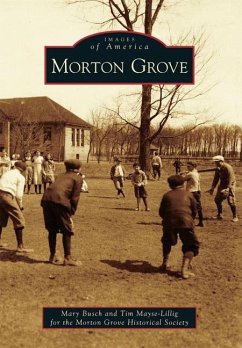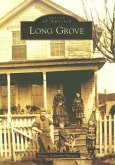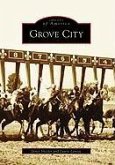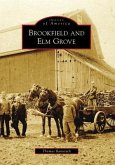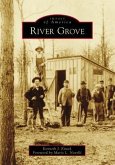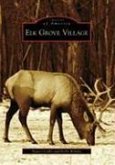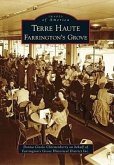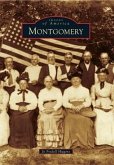The land comprising the village of Morton Grove holds stories of American Indian villages, European settlement, and diverse ethnic groups. Features attracting people to this land are visible throughout the forest preserves, where remnants of woodlands, prairies, and the North Branch of the Chicago River exist today. Following the Treaty of Chicago in 1833, early settlers utilized energy generated by damming the river to power Miller's Mill and harvested timber from the rich woodlands. Fertile prairie soils attracted truck farmers in the 1840s, and the floral industry boomed once tracks were laid for the Chicago, Milwaukee & St. Paul Railway Company in 1872. This whistle stop was named for Levi Parsons Morton, an official of the railroad and vice president of the United States from 1889 to 1893 under Benjamin Harrison. Morton Grove became well known for its pickle companies, prize-winning roses, airfields, and roadhouses.
Hinweis: Dieser Artikel kann nur an eine deutsche Lieferadresse ausgeliefert werden.
Hinweis: Dieser Artikel kann nur an eine deutsche Lieferadresse ausgeliefert werden.

